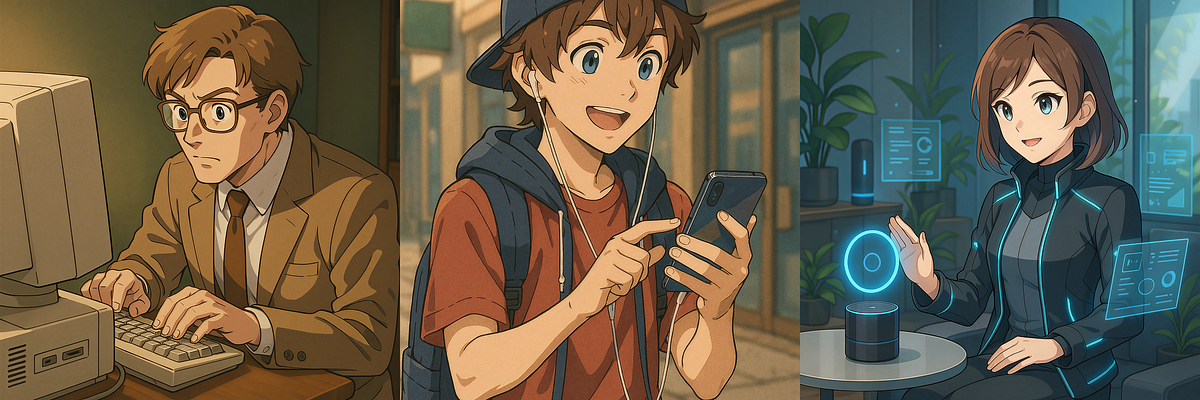
"What was once a field focused on optimizing human-computer interaction in "unitary" digital interfaces (i.e., linked to a system or website, for example), is now expanding into a much broader and more complex dimension. We are witnessing the advent of UX 3.0, a new era that invites us to transcend the design of "pages" to prepare a journey between ecosystems in a multiversed experience between human intelligence and artificial intelligence"
"Inspired by the article "A User Experience 3.0 (UX 3.0) Paradigm Framework: User Experience Design for Human-Centered AI Systems", authored by Wei Xu - chief scientist at HCAI Labs, former chairman of Intel's HCI technical committee, and former researcher at Boeing - I decided to write this text about how the concept of UX 3.0 represents the transition from interface-centered design to design driven by intelligent agents and cognitive experiences."
User Experience 3.0 reorients design away from single interfaces toward AI-enabled ecosystems where intelligent agents and devices collaborate with people. Design focus expands from pages and screens to continuous journeys across interconnected systems and multiversed experiences. Intelligent agents provide context-aware, anticipatory, and cognitive interactions that co-create solutions with users. Designers must integrate ethical, emotional, and human-centered considerations while orchestrating agent behaviors, data flows, and cross-system continuity. UX practice transforms from optimizing isolated interactions to shaping systemic experiences that balance functionality, privacy, transparency, and emotional resonance. New methods, governance, and multidisciplinary collaboration become essential for responsible human–AI symbiosis.
Read at Medium
Unable to calculate read time
Collection
[
|
...
]